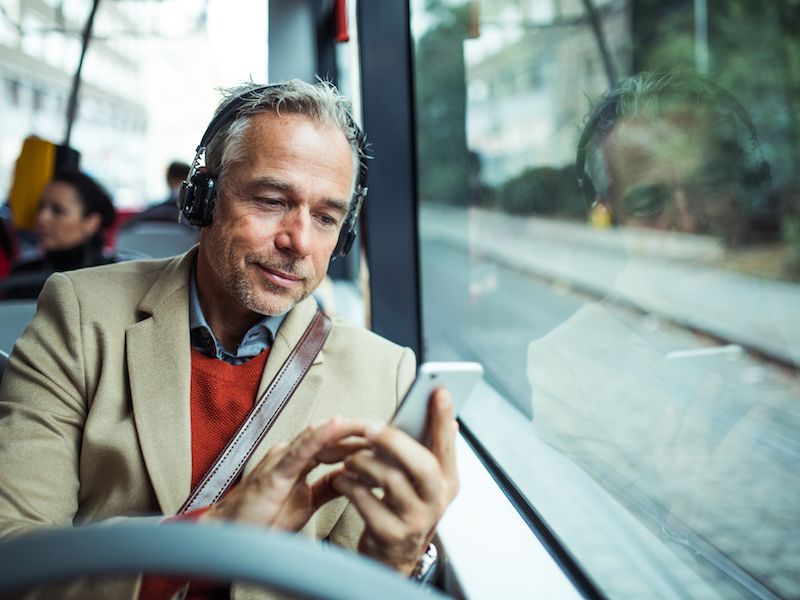
Traditionally, loss of hearing is considered to be a problem only effecting older people – in fact, it’s estimated that about 50% of people who have hearing loss are 75 or older. But new research shows that younger people are at risk for hearing loss – and, alarmingly, they are losing their hearing in spite of the fact that it’s completely avoidable.
A study of 479 freshmen from three high schools carried out by The National Foundation for the Deaf and Hard of Hearing discovered that 34% of those freshmen exhibited signs of hearing loss. The reason? Mobile devices with earbuds or headphones connected are believed to be the most likely culprit. And the young are not the only ones at risk.
In People Who Are Under 60, What Causes Loss of Hearing?
There’s an easy rule regarding earbud volume for teenagers and everyone else – if others can hear your music, then it’s too loud. Harm to your hearing can develop when you listen to noises above 85 decibels – which is about the volume of a vacuum cleaner – for an extended time period. A typical mobile device with the volume turned up all the way registers at around 106 decibels. Your hearing is injured in less than 4 minutes in these circumstances.
While you might think that this stuff would be common sense, the truth is kids spend upwards of two hours each day using their devices, often with their earphones or earbuds plugged in. They’re playing games, watching videos, or listening to music during this time. And this time is getting longer every year according to current research. Studies demonstrate that dopamine is activated by smartphones and other devices that have screens, in the brain’s of younger kids, which is exactly what addictive drugs do. Kids loss of hearing will continue to increase because it will be increasingly challenging to get them to put away their screens.
The Dangers of Hearing Loss in Young People
Irrespective of age, it’s obvious that hearing loss offers many challenges. But there are additional problems for young people concerning after school sports, job prospects, and even academics. The student is put at a disadvantage if they have a hard time hearing and comprehending concepts in class due to early loss of hearing. And since sports require a lot of listening to teammates and coaches calling plays, sports become much more challenging. Teenagers and young adults who are entering the workforce will have unnecessary obstacles if their loss of hearing has a negative impact on their self-esteem.
Hearing loss can also result in persistent social struggles. Children with impaired hearing have a harder time socializing with friends, which frequently leads to emotional and social problems that require therapy. People who have hearing loss can feel isolated and have depression and anxiety inevitably resulting in mental health concerns. Treating hearing loss in many cases must go hand-in-hand with mental health treatment, particularly in kids and teenagers during developmental years.
Avoiding Hearing Loss
The first rule to adhere to is the 60/60 rule – devices and earbuds should only be used for 60 minutes per day at 60% or less of the maximum volume. If your children listen to headphones at 60% and you can still hear the music while you are near them, you should tell them to turn it down until you can no longer hear it.
You may also choose to ditch the earbuds and choose the older style over-the-ear headphones. Traditional headphones can generate almost 10% less volume in comparison to in-ear models.
Throughout the day in general, you need to do anything possible to reduce your exposure to loud noise. You can’t control everything, so try to make the time you’re listening to tunes headphone-free. And, you should see us as soon as possible if you think you are already suffering from hearing loss.